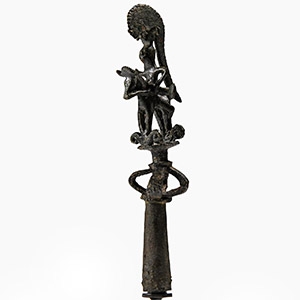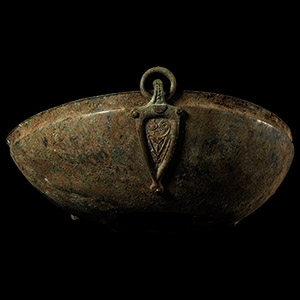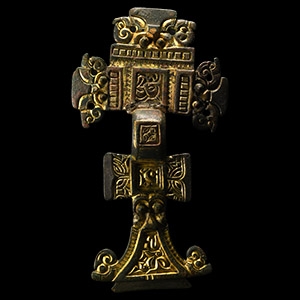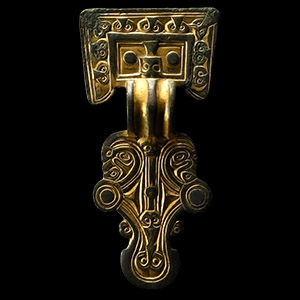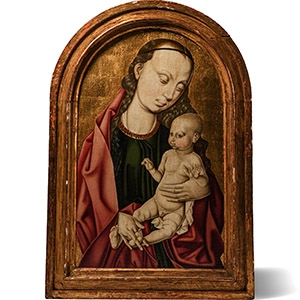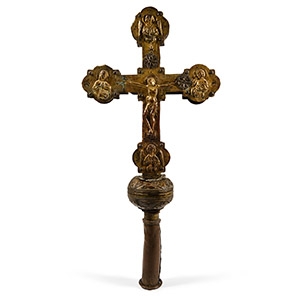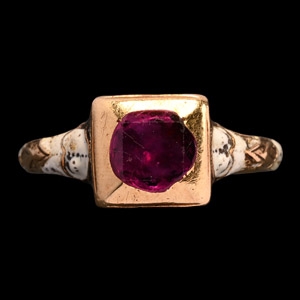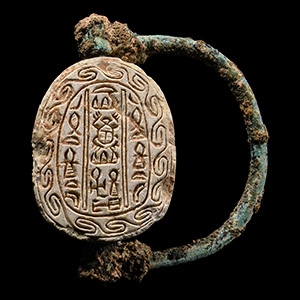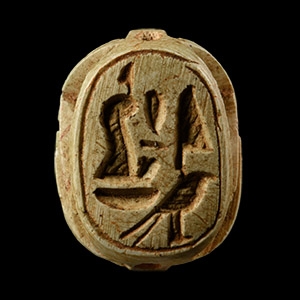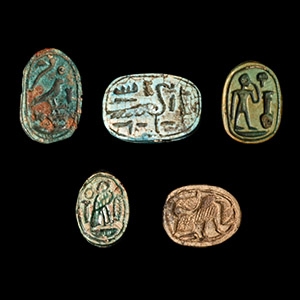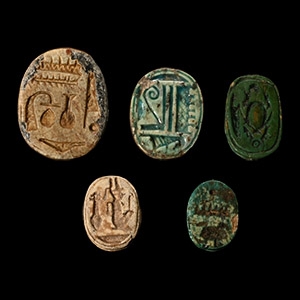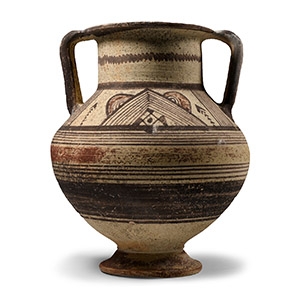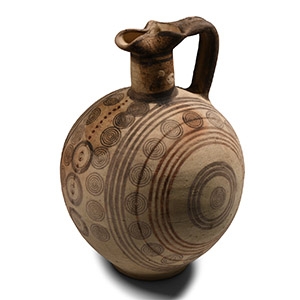Home > Auctions > 5 - 9 September 2023
Ancient Art, Antiquities, Natural History & Coins
Auction Highlights:
2ND INTERMEDIATE PERIOD, 15TH DYNASTY, HYKSOS, 1648-1540 B.C.
From the private collection of the late Mr S.M., London, UK, 1969-1999; thence by descent.
Cf. Chadour, A.B., Rings. The Alice and Louis Koch Collection, volume I, Leeds, 1994, item 2, for type.
Acquired 1970s-1996.
Property of a North American collector.
London collection, 2016.
Cf. Andrews, C., Amulets of Ancient Egypt, London, 1994, fig.15.
These appear to have been blown or pressed when semi-molten into a hollowed reverse-shaped mould form.
From an early 20th century collection, Carnavon, North Wales, UK.
Cf. The Metropolitan Museum, New York, accession number 10.130.1796, for a very similar example.
Collected since the 1970s.
Ex Everitt collection, acquired by descent 2017.
Acquired in Europe before 1992.
From a family collection formed 1900-1950; by descent circa 1980.
Cf. Andrews, C., Amulets of Ancient Egypt, London, 1994, item 58(b,c).
From a family collection formed 1900-1950; by descent circa 1980.
Cf. Andrews, C., Amulets of Ancient Egypt, London, 1994, item 58(b,c).
From a family collection formed 1900-1950; by descent circa 1980.
Cf. Andrews, C., Amulets of Ancient Egypt, London, 1994, item 58(b,c,d).
with Christie's, London, 11 July 1990, lot 122.
Subsequently in the collection of Dr Takey Crist, Jacksonville, North Carolina.
Cf. similar though less ornate example in the collection of the British Museum under accession no.1866,0415.98.
Exhibited: The Cyprus Museum, Jacksonville, North Carolina, 1988-2018.
With Sotheby's London, antiquities sale, 17 May 1983, lot 132.
Acquired from the above by Mr Leinonen, by descent to his son, Stan Leinonen.
On loan to the Detroit Institute of Arts 6 December 1983-24 April, 2019.
On view in Hallway East of Rivera Court circa 1989 and again in European Medieval and Renaissance in the 2000s.
Cf. similar in the collection of the British Museum under accession no.1869,0604.21.
From the collection of Herbert Henry Marks (1896-1972), acquired 1930s-1940s.
Subsequently by descent to his son, Stephen Powys Marks (1932-2020), Bath.
This lot has been checked against the Interpol Database of stolen works of art and is accompanied by search certificate number no.11848-207711.
Cf. similar in the collection of the British Museum under accession no.1982,0729.153.
Private Swiss collection, acquired in the 1980s.
with Ward & Co., New York, 2014.
Private American collection, K.M., circa 2015-present.
Accompanied by a copy of an Art Loss Register certificate number S00114167, dated 2 June 2016.
Accompanied by an academic report by Dr Raffaele D’Amato.
This lot has been checked against the Interpol Database of stolen works of art and is accompanied by a search certificate number no.11776-204598.
See Möbius, H., Die Ornamente der griechischen Grabstelen klassischer und nachklassischer Zeit, Berlin, 1929; Vedder, U., Untersuchungen zur plastischen Ausstattung attischer Grabanlagen des 4. Jhs. V. Chr.,Frankfurt, 1985; Riegl, A., Problems of Style: Foundations for a History of Ornament, Princeton, 1992; Clairmont C. W., Classical Attic Tombstones, Kilchberg, Switzerland, 1993; Grossman, J.B., Greek Funerary Sculpture: Catalogue of the Collections at the Getty Villa, Los Angeles, 2001; Brinkmann, W., Wünsche, R., Bunte Götter, die Farbigkeit Antike Skulptur, München, 2004.
Exhibited: Masterpiece, London, 29 June - 5 July 2017; TEFAF Maastricht, March 2018; Masterpiece, London, 28 June - 4 July 2018.
These memorials, originally painted (see gravestone from Paramythion, cf. Brinkmann-Wünsche, 2004, pp.148ff.), were venerated by families, anointed with oil, decorated with ribbons, and graced with offerings of food. They rivalled each other in the increasingly ostentatious display of family status and wealth, so much so that by the end of the 4th century B.C., a sumptuary law was passed, abruptly ceasing their production. In their heyday, these stelae provided sculptors an opportunity to demonstrate their technical virtuosity with both ornamental and figural subjects. It was not unusual for the anthemion to be of higher quality than the figures sculpted and painted below it.
25 - 36 of 2453 LOTS

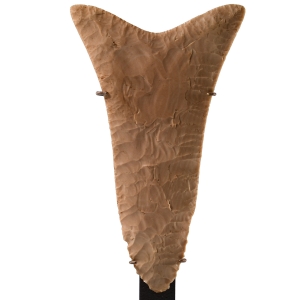
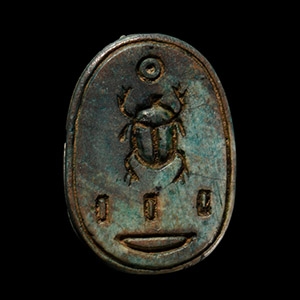
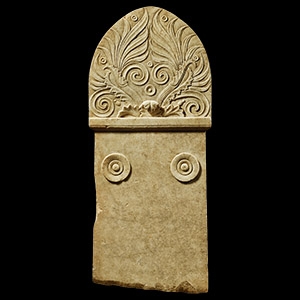
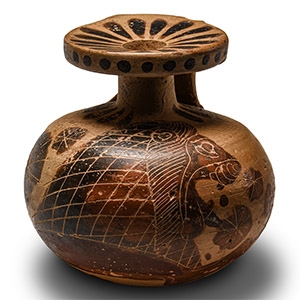
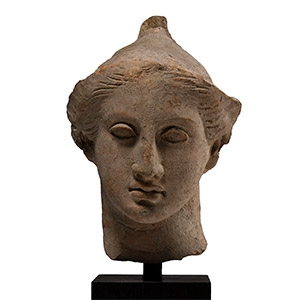
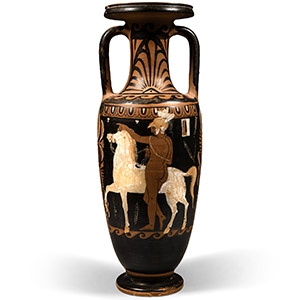
.jpg)
.jpg)
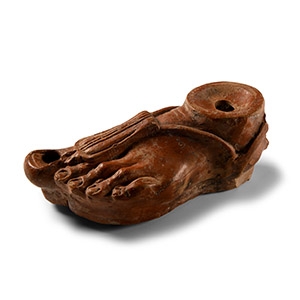
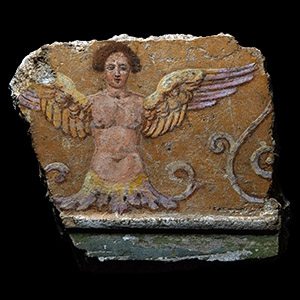
.jpg)
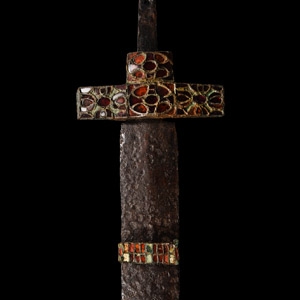
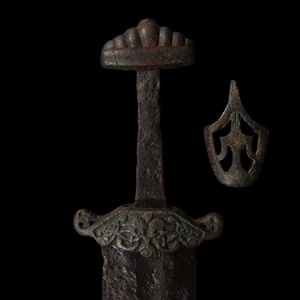
.jpg)
